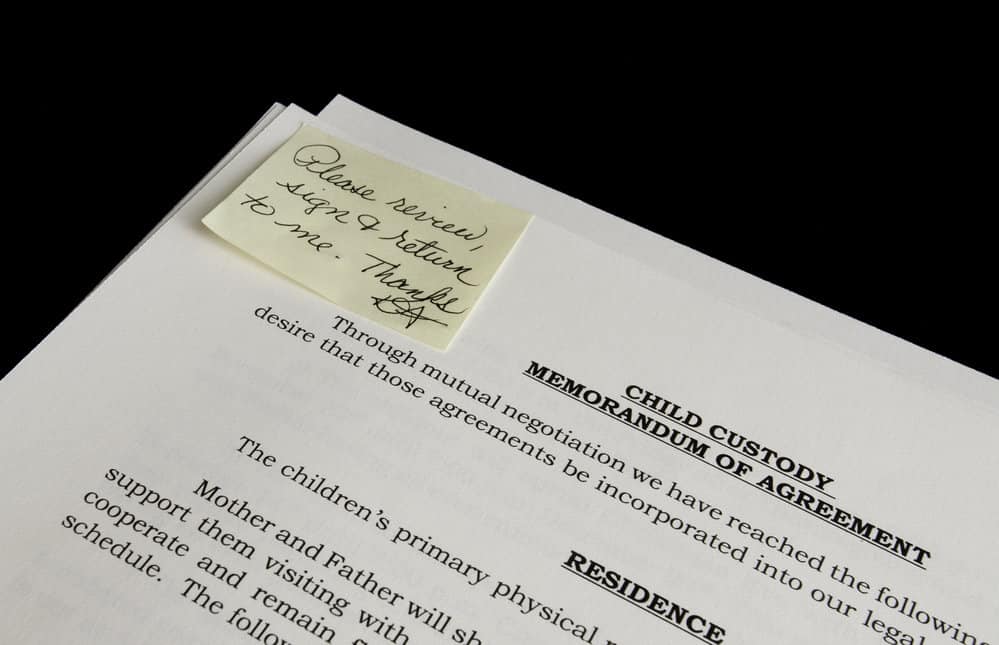Marriage is not just a romantic but also a legal partnership that gives you certain rights and responsibilities. Unfortunately, if you no longer want to continue your relationship with your spouse, you must follow the divorce steps to make yourself single again.
Regardless of the circumstances, divorce is always difficult and painful. Though it’s a lengthy process, knowing the steps of divorce precisely can help you make things less overwhelming.
However, the process may vary by state; that’s why you need to understand the legal procedures of divorce in your state.
This guide outlines the six essential steps to prepare for divorce.
1. Find a Divorce Attorney
To ease the physical and mental stress of both parties and get legal help for divorce, hiring a divorce attorney is now become a real need.
An experienced divorce solicitor has a good knowledge of the law. So, they can explain the legal aspects of divorce, guide you with the legal proceedings, negotiate settlements, and help you divide property and assets.
Your attorney will also assist in filing the documentation, including assets documents, marriage certificates, custody of children, etc., calmly and quickly. Therefore, they should know how to make your divorce fast and peaceful.
2. Filing for Divorce
The formal process begins with filing the divorce petition. In this part, one party must file legal paperwork asking the court to dissolve the marriage.
Make sure to file the petition in the appropriate court, the family or divorce court of the state where you or your spouse live.
Some states may impose residency requirements, which means you must live in that area for a certain period before divorcing there.
The petition must include the following crucial information
- Personal information of you and your spouse, including name and contact information.
- The ground for divorce is the actual reason you are asking for the divorce. It can either be a no-fault or at-fault divorce, and you must mention the legal reason for your divorce. At-fault grounds include abandonment, infertility, adultery, impotence, physical or emotional abuse, mental illness, and criminal conviction. On the other hand, no-fault grounds include incompatibility, irreconcilable differences, and irretrievable breakdowns.
- Personal identifying information about your children, including their locations and ages.
- You must also include your expectations regarding child custody, property division, and whether you desire child support or alimony.
- Other statutory information that the state demands.
3. Request Temporary Court Orders
Suppose you are divorcing and are a parent financially dependent on your spouse for raising your kids. In that case, you can request the court for a temporary order regarding child custody, child support, spousal support, possession of a family home or car, etc.
You can also apply for this temporary order when you file for divorce. If you did not apply for this during your divorce application, it’s wise to apply for these temporary orders as soon as possible.
Once you made the request properly, the court will hold a hearing within days or months to gather information from both parties. Typically a judge will quickly issue a temporary order at the hearing or within a short time.
Those temporary orders remain in action until the court calls for another hearing or the divorce becomes finalized.
4. Serving the Petition for Divorce
As a file petitioner, you must make sure that your spouse is formally notified.
The court does not do the job for you. You can hire a paid private process server or sheriff or ask for a disinterested/neutral person. This person can’t be your family and must be at least 18 to serve the documents.
If you do not know your spouse’s location, you must still attempt to deliver the notice legally. You can publish the notice in local newspapers with the court’s permission.
Moving on to the next step of the divorce process, you must provide the file proof of service to the court, which shows that you notified your spouse or at least attempted to reach out.
Once you serve your spouse the divorce papers, your spouse will get a certain time to respond. If the respondent fails to respond on time, it could result in a default divorce. In this situation, the court will grant everything you requested and dissolve your marriage.
However, if your spouse responds on time, it will mean he/she submits an answer. It will allow your spouse to dispute any allegations, file a counter-complaint, or disagree with the decisions regarding property division, child custody, financial support, etc.
5. Negotiate a Settlement or Go to Trial
You must negotiate a settlement unless both parties agree on the requested matters, such as property division, child custody, child support, etc. The court arranges a settlement conference where both parties and their attorneys meet to discuss the issues.
You can also work with a mediator or third party to resolve the remaining issues. It can be a helpful approach to save money, time, and stress throughout the divorce process.
When negotiation fails, the court proceeds to trial. During the trial, both parties present their evidence and call witnesses before a judge to support their allegations regarding the division of assets and property, child support and custody, spousal support, and other divorce-related matters.
After considering all the testimony and evidence, the court will render a binding final decision.
Remember, divorce trials are more time-consuming and expensive and require much more preparation than negotiation. So, it’s always wise to resolve the matters through negotiation.
6. Finalize the Judgement
When the judge signs the order of dissolution, it ends the marriage. In addition to that, it clarifies all the details regarding parenting time, custodial responsibility, child and spousal support, assets and debts division, etc.
After finalizing the divorce, you will enter a new stage of your life. So, take adequate time to heal, adjust, and rebuild. You may also seek help from therapists, support groups, or life coaches if necessary.
Reset your priorities, fix new goals, and, most importantly, build a positive vision toward your life to secure the future.
Final Words
No two divorce proceedings are alike. So, there is no such approach that fits all. Still, we provide a general format that most states follow to dissolve a marriage.
Ending of marriage often comes with a lot of paperwork, assets division, debt settlement, a fight for child custody, and securing a new future, along with emotional and financial challenges. So, before making your formal decision, you must be well-prepared for the challenges ahead.




